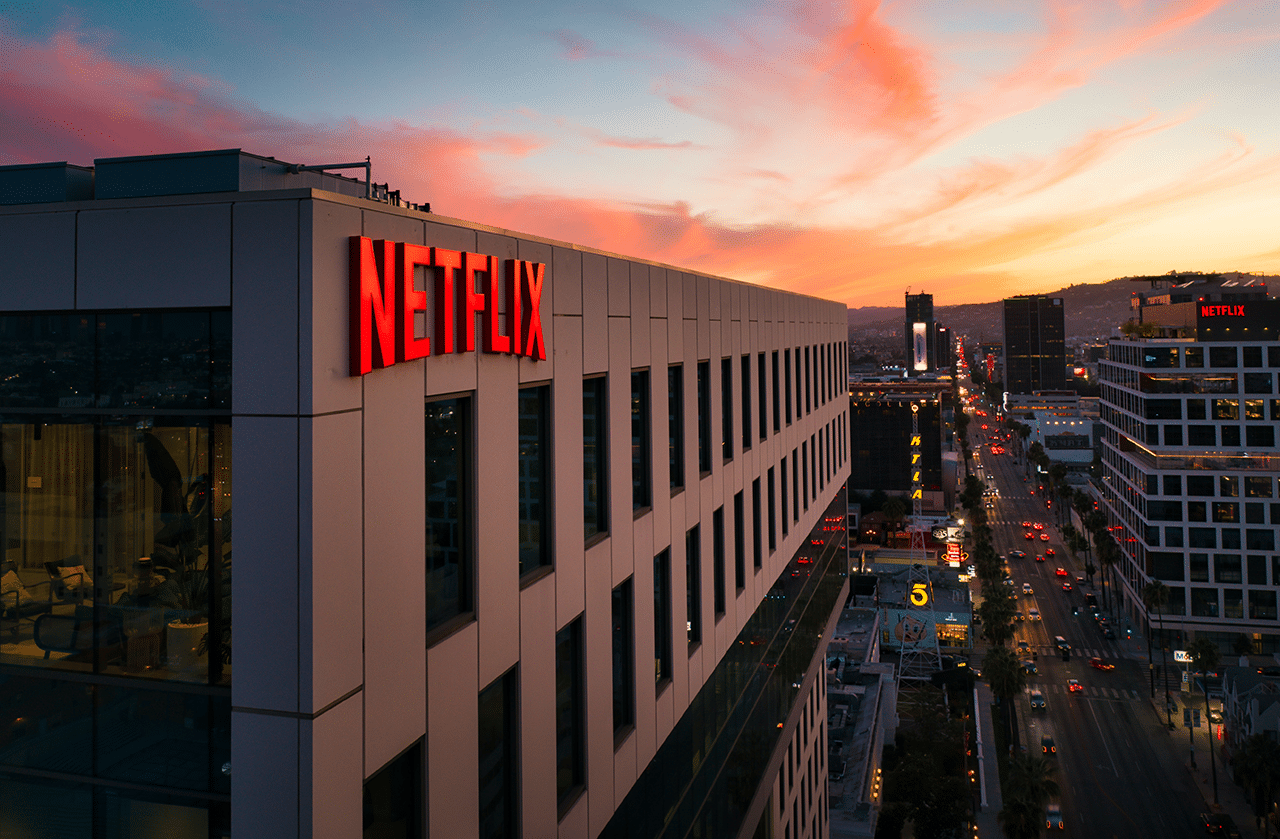Many people today confuse a rebrand with a brand refresh, but ultimately they serve two very different purposes and are approached completely differently. When a company decides to go through the extensive rebranding process, that typically means their current image simply isn’t delivering the results they need. An organization will pursue this strategy if they have lost share in the market, if their identity is confusing, or if it misrepresents the company’s core mission and values. Sometimes there may even be an internal disconnect between leadership and the rest of the organization, leaving the company with no other choice but to bring in an outside party to help course-correct “the why.”
A brand refresh, however, involves updating and building upon the brand structure that you already know and love. Rather than a complete overhaul, it involves an update to visual elements, refinements to messaging, or changes to other differentiators. A refresh allows a company to make tweaks over time that help its brand evolve with the market, and it’s a slightly less dramatic approach.
Which one’s right for you? As with most things, it depends on your situation. Let’s get into it.
Reasons to Rebrand
The purpose of a rebrand is to improve your image in one or more ways, with the goal of becoming more relevant, more competitive, and more profitable in your target market. There are plenty of reasons to consider rebranding. It can be a complex process, because it means getting to the bottom of what your company stands for and how it surpasses your competition. Once you identify your key differentiators, you’ll find it much easier to drive brand awareness and loyalty. A few reasons for consideration:
Attract new customers
After you’ve been in the market for some time, your image and company message may become stagnant, or maybe even irrelevant to your audience. While your goals and mission as a company may have adapted over time to your customers’ unique needs and challenges, your brand may not clearly reflect that anymore if it hasn’t evolved. By rebranding your company’s image, the personality or target audience can attract new customers and spark renewed interest from your existing audience.
Whenever you add something new and exciting to your product line or make a change to your brand, you have the opportunity to make a big splash. You can use a rebrand as an opportunity to get people talking about your company on social media. Instead of fearing the change, you can show existing and potential customers what is great about the changes you are making, and why you are making them.
New goals for the organization
Another benefit to rebranding is that you can significantly shift the focus of your efforts, allowing you to achieve new goals. Some of your new goals may be to develop new products or to improve existing ones. Or, you may decide to have your employees become more involved in advocating on behalf of your company, in which case a rebrand is a great excuse to get everyone in the company enthused and involved.
Reasons to Refresh Your Brand
Your brand is more than just a name and a logo. It’s also your company’s reputation, identity, and public perception. In many cases, companies recognize the need for change but want to preserve the brand’s positive aspects. In other words, change is good, but not the wholesale change a rebrand would bring. With that in mind, here are three of the many reasons you might consider refreshing your brand rather than undergoing a full rebrand.
You just don’t stand out anymore
Making an impact is hard in today’s saturated marketplace. Even if you have a great product or service, it won’t be enough if consumers can’t distinguish between you and the competition. You’ve got to stay ahead. Always.
Things have changed over the years
A founder’s initial vision and the company that grows out of it aren’t always one and the same. Sometimes, a brand is born with a particular product in mind—like Starbucks and its signature coffee. Then, as the business continues to grow, it’ll develop new products to better serve its audience.
Over the years, Starbucks has updated its product list to include everything from sandwiches to iced tea. These changes meant that the company had to reimagine the brand’s image based on what they could offer customers in a new marketplace.
Starbucks logos over the years
As your business evolves, keep an eye on your brand and take note of any constraints that might make it difficult to branch out into new areas.
Your message is inconsistent
For most companies, building a brand is about refining ideas and values into a voice and image that they can project to the world. As you can imagine, this is such a complicated process that even the best of intentions can be missed.
A brand refresh can help to realign your company’s values when they start to lose their way. After all, we know how valuable brand consistency is—not just to your customers’ experience, but also to your bottom line. If you want your brand to become a trusted name, then you’ve got to deliver the same familiar experience whenever customers interact with you.
Wrong Now, Right Later
Things change in marketing—and sometimes that happens very quickly. A brand that’s wildly successful today can be rendered obsolete by a change in the marketplace, or the world at large. If your business reacts well to those changes, it can survive them and even thrive in the new paradigm. If you don’t roll with the punches, well, you’re Blockbuster—serving as a bit of nostalgia in period pieces but otherwise dead in the water.
What’s the lesson? Don’t be afraid to change. If your brand is stale, don’t assume you’re right and the market’s wrong. Refresh your brand or rebrand entirely, depending on where you find yourself. And definitely don’t assume you’re done after doing it once. Watch the marketplace, and watch your competitors. See what’s happening around you. And if a refresh didn’t do the trick, don’t be afraid to rebrand—and if you already rebranded, don’t get complacent, and make sure you refresh your new brand as needed.
Just because one option was right now, that doesn’t mean the other won’t be needed soon enough. So embrace change. It might just save your business.





